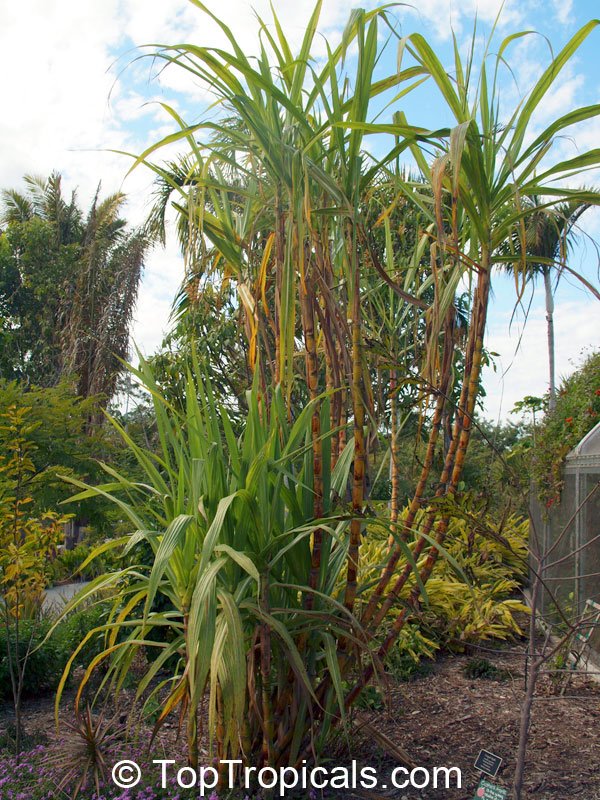For years, scientists believed proteins like phytochrome B and ELF3 were the main temperature sensors in plants, especially at night. But new research by Professor Meng Chen from the University of California, Riverside, shows that during the day, plants use a different method. In sunlight, sugar from photosynthesis becomes the key signal, helping plants sense heat and adapt their growth. This study, published on June 30 in Nature Communications, changes the way we understand plant-environment interactions and opens new possibilities for developing crops that can withstand climate challenges.
Background: The Traditional View of Plant Thermosensing
Textbooks focus on a nighttime system where proteins change structure due to temperature. Phytochrome B, a light-sensitive pigment, also acts as a thermosensor in low light, while ELF3 is part of an evening complex that limits growth by suppressing PIF4, a key regulator of heat-induced elongation. However, these models largely ignore daytime conditions with high light, heat, and photosynthesis. Professor Chen’s team questioned how plants detect warmth when their usual thermosensors are in a light-activated state during the day.
Research Methods: Probing Daytime Growth Responses
Researchers used Arabidopsis thaliana, a key plant model, to study how plants sense temperature during the day. They grew seedlings in labs at temperatures from 12 °C to 27 °C, with light mimicking dawn, midday, and dusk. They measured hypocotyl elongation, the stem’s growth below seed leaves, as an indicator of how plants respond to warmth.
- Wild-Type vs. Phytochrome B Mutant Comparison:
- Wild-type Arabidopsis plants elongated as expected at higher temperatures in all light conditions. A phytochrome B mutant, which cannot sense temperature, showed elongation due to heat only in light, not in darkness, even though phytochrome B is the main sensor.
- Dark-Grown Seedlings with Sugar Supplementation:
- In total darkness, the mutant didn’t grow longer with warmth. Adding sucrose to the medium enabled growth, showing sugar can trigger elongation with heat.
- Starch-to-Sugar Conversion Assays:
- In high heat, wild-type plant leaves use starch reserves to boost sucrose levels. The impact of sugars on signaling proteins, especially PIF4, was evaluated using protein stability tests and gene expression analysis.
Key Findings: Sugar as a Daytime Thermosensor
- Under bright light, phytochrome B becomes inactive and can’t detect temperature changes, but plants still grow due to other systems. Sucrose acts as both fuel and a signaling molecule, stabilizing PIF4 to activate growth genes. High temperatures cause ELF3 to stop repressing PIF4, allowing sugar-bound PIF4 to work. For optimal growth, sucrose must stabilize PIF4 and ELF3 repression must be lifted. Sugar links metabolic status with temperature cues. In normal plants, warmth and light cause significant growth, with hypocotyls growing up to 70% more than in cooler conditions. In mutants lacking phytochrome B, adding sugar restores 60% of the growth response seen in normal plants.
Mechanism of Sugar-Mediated Thermosensing
- Photosynthetic Production of Sugars: In daylight, chloroplasts fix CO₂ into triose phosphates, which feed into starch synthesis in chloroplasts and sucrose production in the cytosol.
- Starch Breakdown at Elevated Temperatures: Warmer daytime temperatures accelerate enzymes that hydrolyze leaf starch, boosting sucrose levels in the leaf and phloem.
- Sucrose-Dependent Stabilization of PIF4: High sucrose binds to a yet-to-be-fully-characterized sugar-sensing module, preventing ubiquitin-mediated proteolysis of PIF4 in the nucleus.
- ELF3 Gate-Opening Under Heat: The evening complex component ELF3 undergoes conformational changes at higher temperatures, reducing its repression of PIF4.
- PIF4-Driven Gene Expression: Stabilized, active PIF4 binds to promoters of auxin biosynthesis and cell-wall–loosening genes, driving hypocotyl elongation and heat-adaptive growth.
Implications for Climate-Resilient Agriculture
As global temperatures climb, optimizing crops’ heat responses is vital. Sugar signaling is key to daytime thermosensing, opening new paths: Breeding or engineering crops with enhanced sugar responsiveness can help them thrive in high temperatures. Agronomic practices like managing carbohydrate reserves through fertilization, irrigation, or foliar sugar applications can reduce heat stress during growth. Genetic targets involve screening for alleles of starch-degrading enzymes, sucrose transporters, or PIF4 regulators to develop crops with precise sugar-mediated heat responses.
Future Directions: Broadening the Scope
Professor Chen highlights that while Arabidopsis is a starting point, its application to key crops like rice, wheat, maize, and soy needs confirmation. Future research will focus on: Conservation Across Species: Examining sugar-thermosensing pathways in monocots and dicots to evaluate their universality and specific adaptations in crops. Field-Scale Studies: Investigating sugar-based thermosensing in natural, changing conditions, including heat and drought stress. Molecular Dissection: Pinpointing exact sugar sensors and exploring their interaction with hormone and circadian pathways to enhance growth prediction models.
Conclusion
Meng Chen’s team discovered a daytime thermosensing system where sugar is not just energy but a key environmental signal. This system connects photosynthesis, starch, and protein regulation, allowing plants to grow precisely in heat. The dual-sensor mechanism—proteins at night, sugar by day—shows evolutionary brilliance and guides future crop development for a warming planet. As agriculture faces the challenges of feeding more people and adapting to climate change, understanding how plants sense warmth through sugar could be revolutionary.
READ MORE: Magma Movement Identified as Cause of Recent Santorini Earthquake Swarm
